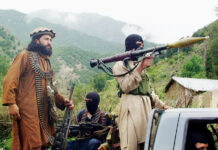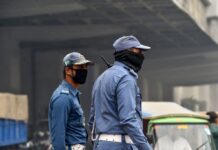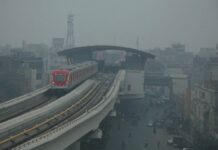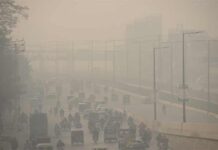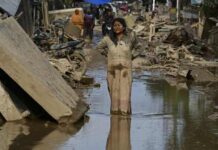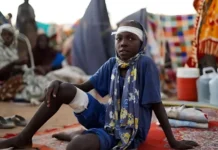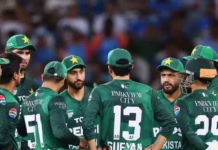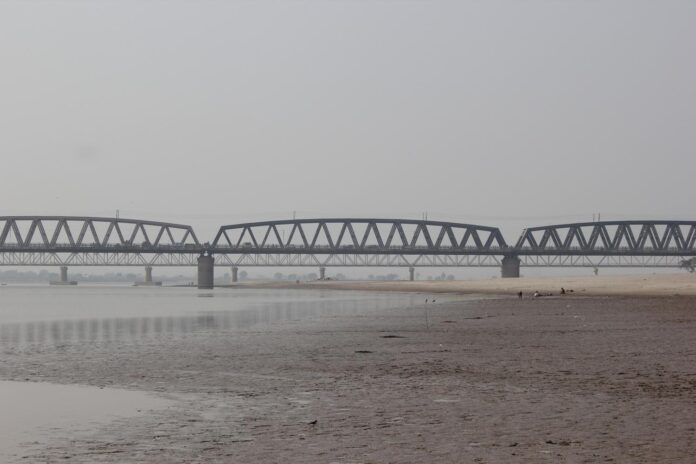Beyond Kotri Barrage to the sea, and Indus tributaries in Punjab—Jhelum, Chenab, Ravi, and Sutlej—flow past barrages to Kotri. Now, the dry beds of all these rivers are filled with sewage water, industrial waste, and agricultural runoff.
We are doomed if this doesn’t change. Rivers must flow with clean water. For this to happen, two things need to be done simultaneously: first, wastewater treatment plants must be established to make water suitable for fisheries and agriculture. Second, a structure must be built to store floodwaters on the rivers.
Our issue is not a shortage of water but its mismanagement. We need a revolutionary change in our water vision. We have to respect our rivers and treat them as living entities. The land belongs to the river.
In 2019, Bangladesh granted all its rivers the same legal status as humans in a court of law (source). Around the same time, Pakistan also planned to do something sustainable for the Indus River delta. The federal government proposed a barrage on the Indus River, named the Sindh Barrage (source).
The project was fully supported by the Sindh government, which even promised to contribute funds if needed. The Sindh Barrage was planned to be built 45 km from the sea, 160 km downstream of Kotri Barrage, 130 km east of Karachi, and 65 km south of Thatta. The reservoir capacity was planned to be around 2.0 million acre-feet (MAF).
Two canals were proposed on either side of the river: a right bank canal from Ghorabari to Gharo and a left bank canal from Sujawal to Golarchi. Chief Minister Syed Murad Ali Shah rightly suggested extending these canals to Dhabeji and Tharparkar to provide drinking water to Thar and Karachi. The project was expected to be completed by December 2024.
However, opposition emerged from within the Sindh government, citing concerns about waterlogging, salinity, and harm to river agriculture (source). I am surprised that this idea wasn’t considered earlier or even proposed by the Sindh government itself. It is equally perplexing why intellectuals and environmentalists in Sindh didn’t raise their voices in favor of the Sindh Barrage. I suspect someone more powerful than the Chief Minister might be losing their land to water.
The Sindh Barrage is the first project that genuinely tries to redress the harm we have done to the Indus River. I believe the Special Investment Facilitation Council (SIFC) should take up the Sindh Barrage project and other initiatives to address the challenges of the Indus Delta.
Yes, I support the two canals proposed for the Sindh Barrage. However, my support for the Cholistan Canal is conditional. For now, the focus should remain on this barrage and its two canals.
The real owners and children of the Indus are the people living in the Indus Delta. They have suffered the most. We must do whatever it takes to uplift their socioeconomic status and livelihoods. The proposed Sindh Barrage reservoir belongs to the inhabitants of the Indus Delta. It should provide them with opportunities for fishing, tourism, and productive land use.
We must also introduce modern farming technologies to ensure the land isn’t waterlogged through irrigation. Cropping patterns must align with land quality and weather conditions.
The Indus was dammed and barraged to divert waters for agriculture. Now, the time has come to focus on saving and partially reviving the delta.
A comprehensive study by Mehran University, in collaboration with USAID, has outlined actionable recommendations for saving the Indus Delta (source). In short, these recommendations include:
- Expanding the coastal highway and building a bridge over the Indus River at Kharo Chhan to improve access to Karachi markets and attract tourists.
- Restoring relic river channels, such as Ochito and Old Pinyari, to control seawater intrusion.
- Encouraging bio-saline agriculture.
- Ensuring environmental flows and mangrove plantation.
Environmental flows are essential. The Indus Delta needs a fighting chance to combat the encroaching salty sea. Right now, it’s an unfair fight. We have tied the hands and feet of our freshwater gladiator and diverted its resources.
We must focus on storing and flowing clean water through all dry beds of the Indus and its tributaries. How to achieve environmental flows and implement a comprehensive water vision will be the subject of my next article.
The Indus belongs to all of us, and we have all harmed it. It is our collective responsibility to make the Indus River sustainable—if not mighty again. The Indus Delta and its inhabitants matter the most.


